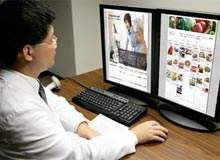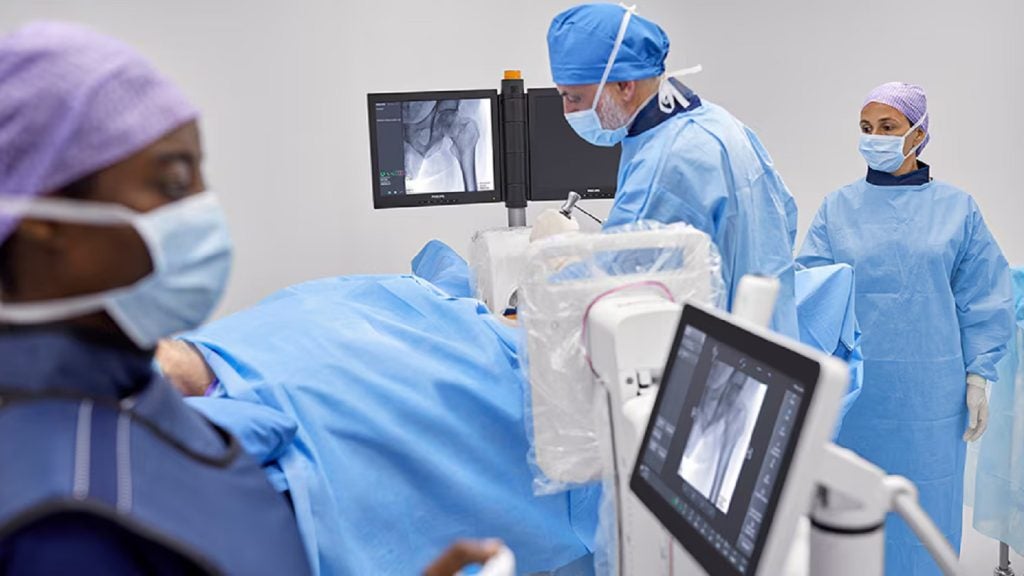
Diabetes and lifestyle diseases such as obesity-related conditions are huge medical issues that the world's largest health organisations and insurers grapple with daily. Diabetes affects 246 million people worldwide and is the fourth-largest disease-related killer. But a medical device that can prove invaluable in helping to combat so-called 'diabesity' disorders is one that most patients already own: the mobile phone. By using a sophisticated health management and monitoring software called Lifewatcher – designed to work via your mobile – many of the complications associated with diabetes and obesity can now be satisfactorily controlled.
Lifewatcher is the brainchild of Japanese-Canadian entrepreneur James Nakagowa. The idea was inspired by Nakagowa's desire to help a friend cope with newly imposed diet and lifestyle restrictions after he had been diagnosed as diabetic and undergone a quadruple bypass.
"My friend was an oil executive who was used to dining out most nights with clients and colleagues," he explains. "After his operation, he was so depressed, he couldn't go out because he was on a restricted diet and didn't know what he could eat."
In this case, and many others like it, doctors offer diet advice but it can often seem cryptic to the patient. For example, they may recommend "two to three units" of food per meal but this does not easily match up with the nutritional information available on common food items. When Nakagawa researched the matter further, he had the opportunity to talk to a leading Japanese nutritionist. As she was tucking into her morning bagel, he asked if she knew how many 'units' the meal contained and was met with a somewhat sheepish 'no'.
Difficult as the 'unit' measurement proved, Nakagawa – whose background is in financial software – was also surprised at how hard it was to collate helpful nutritional information about common foods such as a McDonald's hamburger. "I said, isn't there some software for that?" He found there wasn't, so the idea for Lifewatcher was born.
See Also:
Bring together the verticals
How well do you really know your competitors?
Access the most comprehensive Company Profiles on the market, powered by GlobalData. Save hours of research. Gain competitive edge.

Thank you!
Your download email will arrive shortly
Not ready to buy yet? Download a free sample
We are confident about the unique quality of our Company Profiles. However, we want you to make the most beneficial decision for your business, so we offer a free sample that you can download by submitting the below form
By GlobalDataNakagawa then spent an intensive period visiting and talking to medical researchers from different parts of the world. He spoke to doctors, diabetes experts, nutritionists and patients, as well as investigating public nutritional databases such as the one provided by the US Department of Agriculture (USDA).
"From the doctors' and users' side, people said conditions weren't being managed very well," says Nakagawa. "From a diagnostic perspective, there was frustration in the fact that the focus seemed to be on testing – blood sugar, heart rate and so on – but not managing adjustments to diet and exercise regimes and providing better education.
"You can show a graph of results such as blood sugar levels over a month or a year but you can't show why [treatment] stops with the testing and that's not good enough."
Nakagawa's experience in financial trading software meant he was used to connecting up parallel streams of information and he had the idea that this could be done in health management. "I was incredulous to find that healthcare worldwide is divided into such separate verticals," he explains. "The diagnostics don't talk to the nutritionists, who don't talk to the physical therapists, who don't talk to the surgeons, who don't talk to the mental health experts and so on…I thought, how can you separate eating and nutrition from blood sugar monitoring when they have a direct relationship with each other? So I started to build this [device] like a training and trading system in finance. I wanted to integrate horizontally."
Nakagawa went back to the doctors, experts and patients to ask what they would want in an ideal diabetes management system. The answer was something simple but effective. If patients could easily capture a record of the food they're eating (by photographing it on their phone) and the food's kilojoules/calories be collated against their blood sugar, blood pressure, heart rate, not only would this provide a far more accurate and useful picture of their overall condition, it would also
give more motivation for patients to control their intake of food and medicine.
Taking the idea that modern databases in other industries can, "think and be smart and learn to recommend", Nakagowa figured it was time to apply it to healthcare. What followed was four to five years of continuous innovation as the Lifewatcher team built the programme.
With constant upgrades and new functions being incorporated, the system is server based and secure with privacy protected by levels of permission-based access. Lifewatcher is based on a Linux platform and is
interoperable for Windows or any other software.
There's been a level of complexity to making it work across all mobile phone platforms and as such the technology is open source and scalable. Apart from the technical side it's also been about building relationships and gaining the trust of key members of the medical community, Nakagawa says.
But he is quick to stress that Lifewatcher is not a diagnostic tool: "we did create some diagnostic functionality but we removed it. There's a lot of regulatory issues around that area." However, the programme can be set to alert the patient, their doctor or even selected family members if information is not being entered or if the stats show the patient is approaching dangerous levels.
The cost of care
In Japan, a Lifewatcher subscription costs ¥315 per month. In other countries the team may not market it on subscription system and it will almost certainly be offered at a higher price point. However, in terms of costs and return on investment, Nakagawa is confident that the Lifewatcher product, with its advanced functionality and ability for users to 'plug and play', is more affordable for companies to purchase than develop their own legacy systems.
There are other programmes on the market that allow users to log nutritional intake and exercise, as well as systems where users can send photos of food to a centralised database for nutritional information, but Nakagawa claims his is the only system to collate all this. In addition, patients' vitals statistics and other relevant medical information can be included and then accessed by doctor and patient.
Nakagawa says that Lifewatcher is in a 'hyper-growth' stage and as such is open to partnership opportunities and enquiries from corporates or appropriate individuals.
In five to ten years he would like to see Lifewatcher become the global de facto standard platform for self disease-management, wellness and prevention. "If we can create a care delivery paradigm and a standard platform, it can be integrated into all areas of health – insurance schemes, diagnosis, follow-up care, personalised medicine, prevention and general wellness," he concludes.
Next month we feature an interview with Colonel Dr Robert Vigersky, from the US Army's Walter Reed Medical Centre, who is about to embark on the first US trial of Lifewatcher involving 150 US Army patients in the Washington area.




